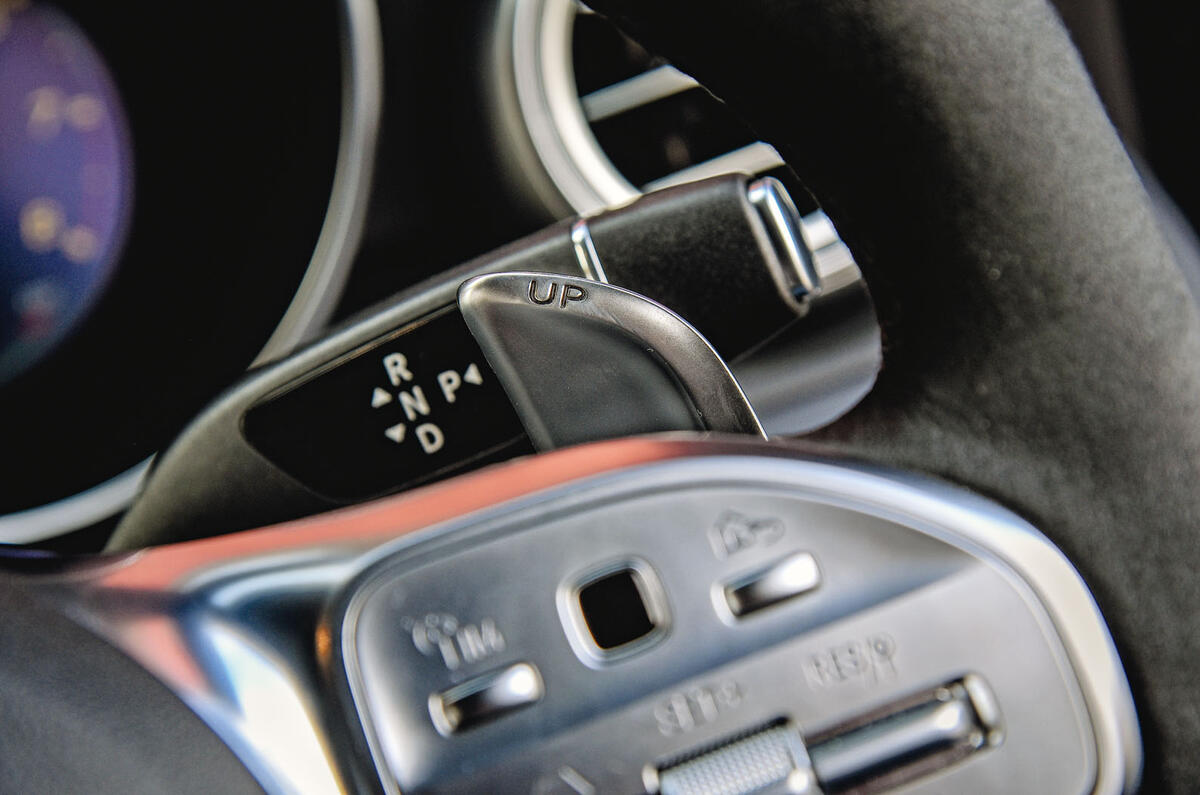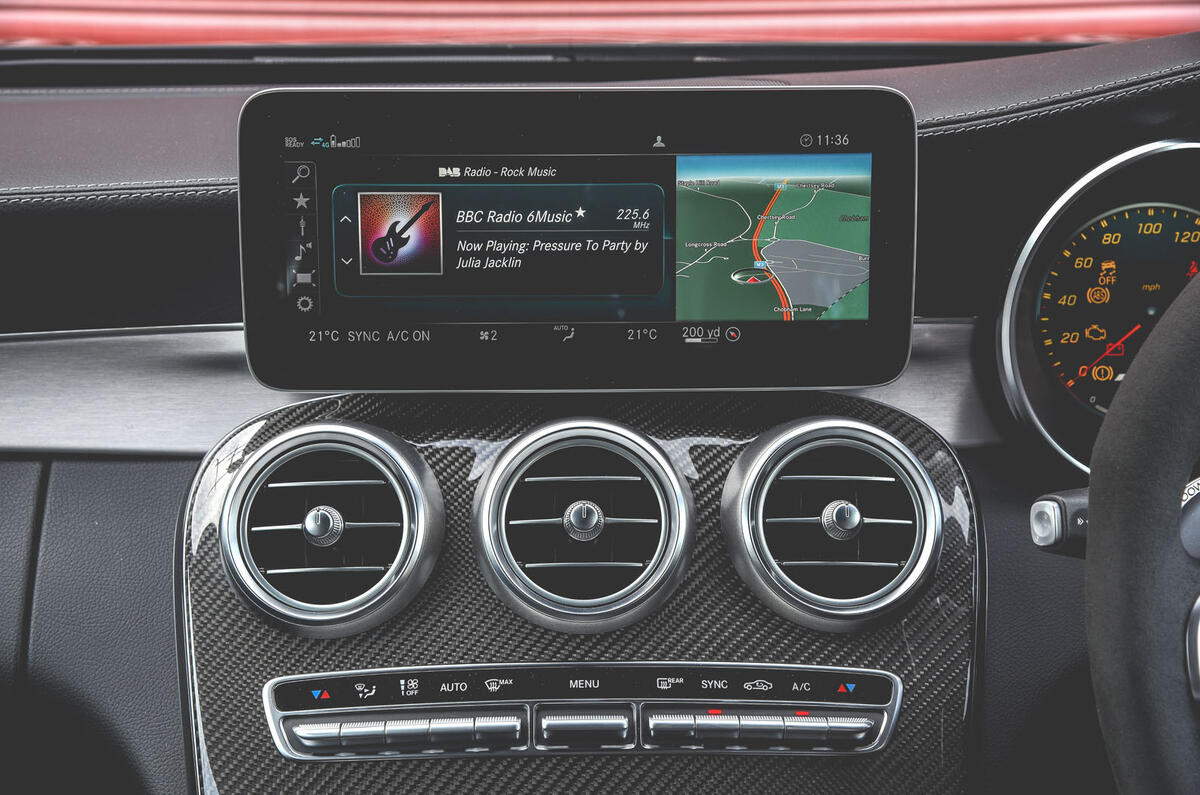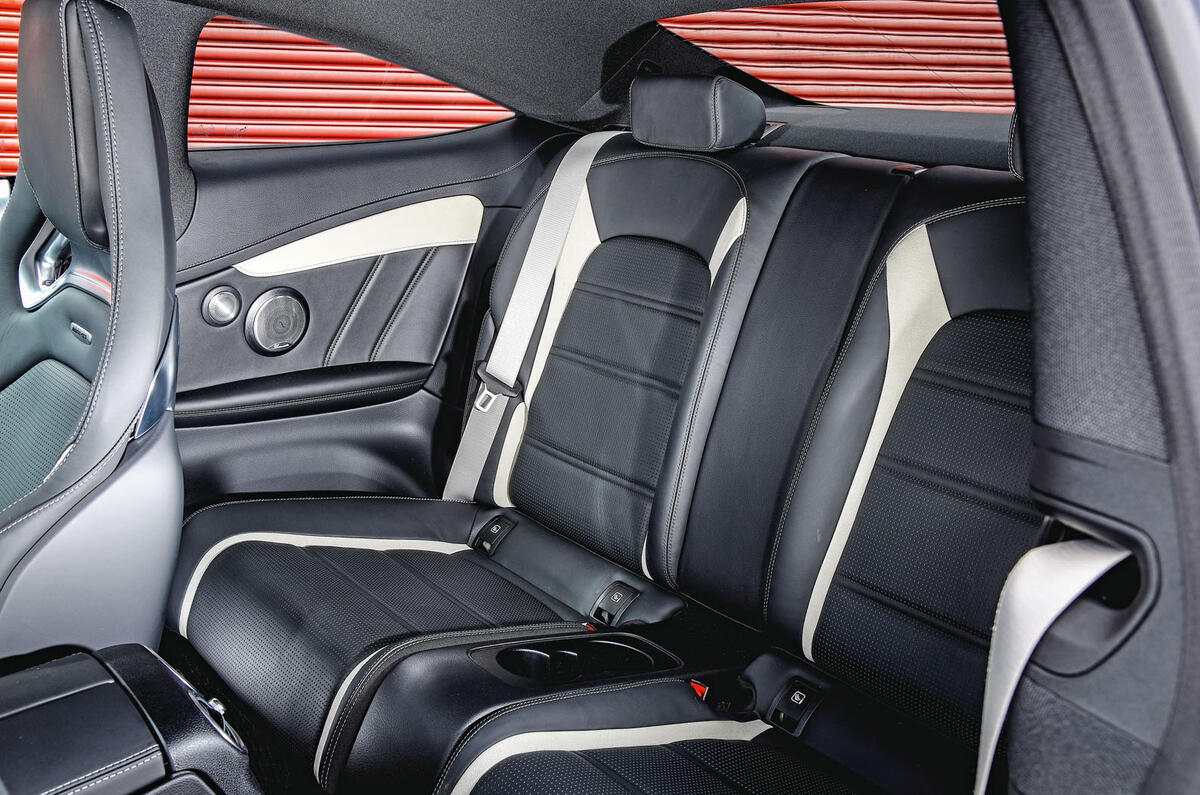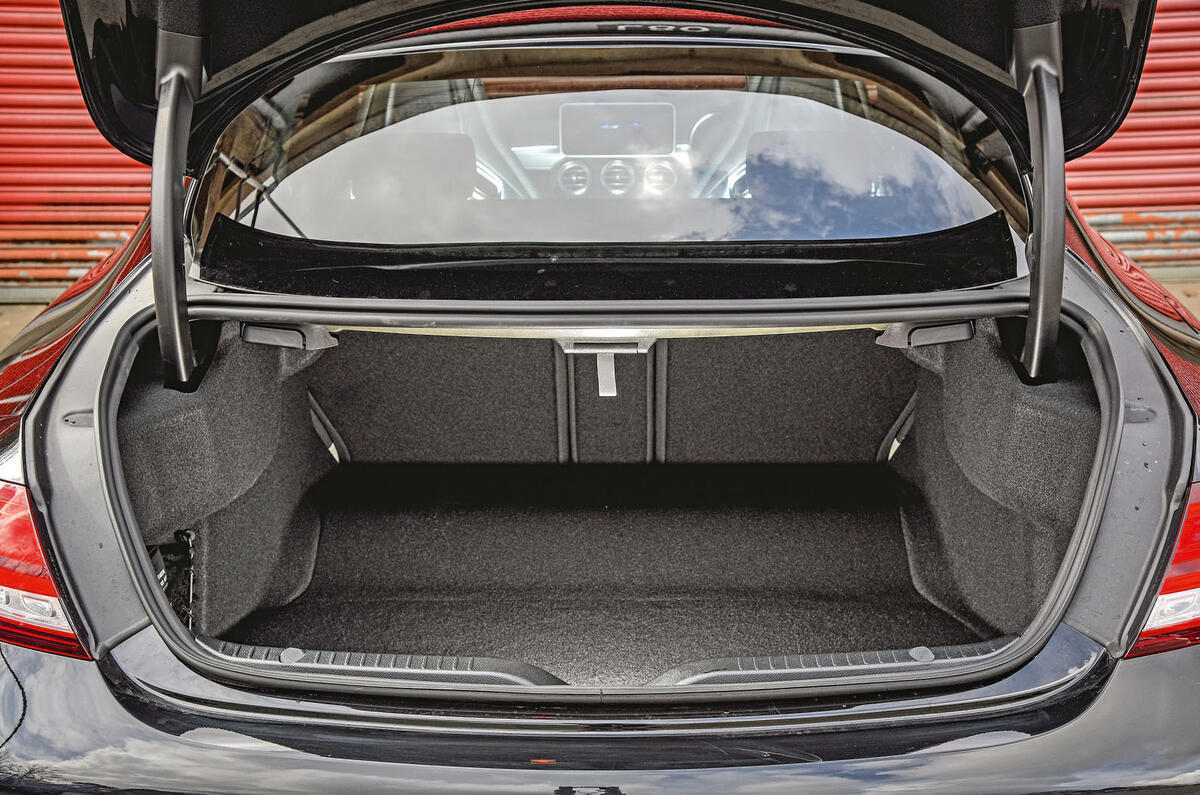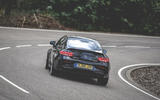In 1966, Hans Aufrecht and Erhard Melcher left Mercedes-Benz to begin a new business creating racing engines. Humbly headquartered in a former mill, their departure nevertheless quickly paid off, not least when an AMG-Mercedes 300 SEL 6.8 crossed the line an astonishing second at the 1971 Spa 24 Hours, trouncing far nimbler racing cars from BMW and Alfa Romeo.
In the years since, it’s not difficult to imagine Aufrecht and Melcher (the ‘G’ in ‘AMG’ is for Großaspach, the town where Aufrecht was born) witnessing the growth of their tuning outfit with wide-eyed astonishment.
The Mercedes-AMG F1 team has now secured five world championships, but even if your name isn’t Lewis Hamilton, ownership of a Mercedes-AMG road car has never been more achievable thanks to the introduction of more mainstream models such as the four-cylinder Mercedes-AMG A35 hot hatch. In fact, AMG now builds cars in almost every bodystyle, offering 70 models in total, including an entirely bespoke sports car.
AMG has vast commercial clout. Today, most Aston Martin models are AMG-propelled, and Afflaterbach, where AMG has been based since 1976 and where its larger engines are hand-built to the ‘one man, one engine’ philosophy, is now not only crucial to Daimler AG’s bottom line in terms of sale but also a marketing wunderkind for the entire business. One in every 10 Mercedes sold bears those famous initials, making it arguably the most potent ‘halo’ sub-brand in the business.












